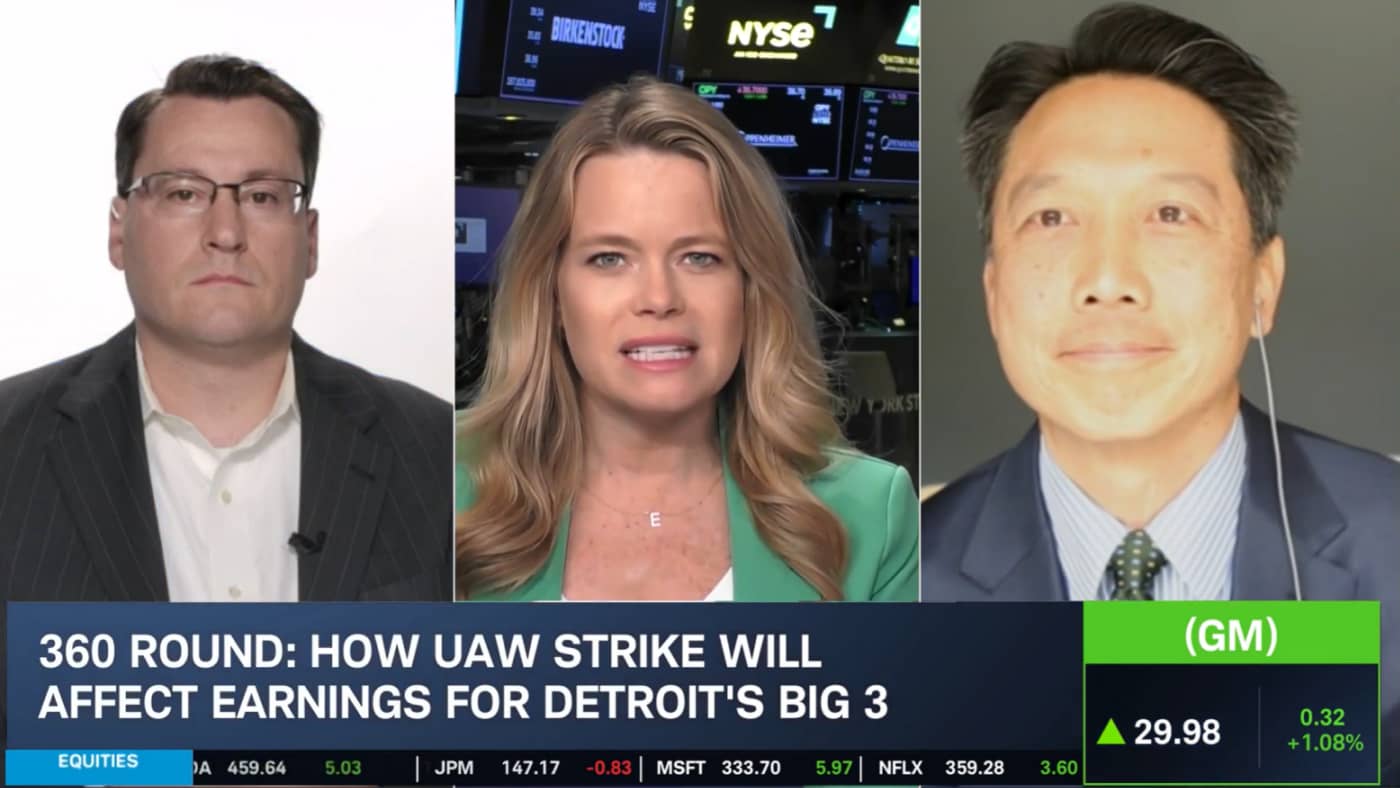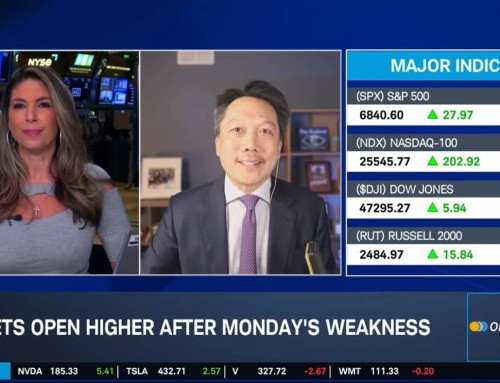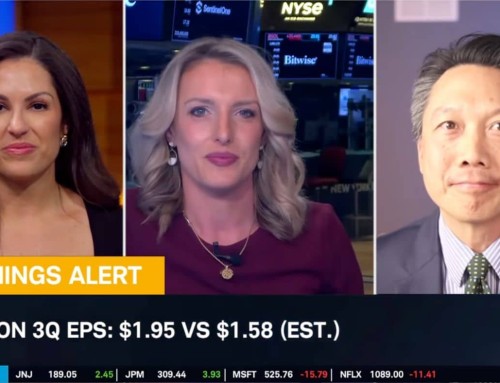Runnymede's Andy Wang comments on the UAW strike and potential impacts going into earnings season .
Key Points:
- The last GM strike in 2019 lasted about a month but the impact of rolling, unpredictable strikes for the Big Three is different
- 2023 consensus estimates for auto manufacturers likely to be revised lower (industrial data points, UAW strike, EV price competition, stronger dollar)
- Wall Street analysts are looking at the possible hits to the three car companies’ bottom lines from wage increases
- Prolonged strike could impact spare parts at dealerships and EV production
The United Auto Workers (UAW) strike has been making headlines recently, as over 34,000 autoworkers from the “Big Three” car companies have walked off the job. While this number may seem relatively small compared to the total of 146,000 factory workers, the impact is significant and different from the 2019 strike when 48,000 GM auto workers were on strike for six weeks.
The strike's potential impact is greater now, with three major manufacturers affected simultaneously, and the unpredictability of rolling strikes is being taken seriously by automakers. As a response to the strike, automakers have more than doubled their initial wage hike offers, ranging between 20% and 23%. However, the UAW still demands higher wages, the elimination of a two-tier wage system, and a clear path for organizing new joint-venture battery plants.
Both sides are taking negotiating risks. The strike comes at a time when the auto sector faces several challenges, including industrial data points, electric vehicle price competition, and a stronger dollar, which are likely to affect consensus estimates for auto manufacturers in 2023.
The big question looming over the industry is when a recession will come. While the US consumer and auto sales have shown resilience, the cyclical nature of the auto industry and various economic factors make the timing of a recession uncertain. Wall Street strategists are lowering their predictions for an imminent recession, but the state of the economy will significantly impact auto sales.
Analysts estimate that the companies' proposals could add $700 million to $1.2 billion in costs over the four-year life of the contract. If the UAW's requested mid-30% wage increase and cost-of-living adjustments are approved, these costs could rise to the range of $1.7 billion to $2.4 billion. Fortunately, car companies and larger suppliers appear to have healthy enough balance sheets to withstand the strike, as long as it doesn't extend for a prolonged period.
However, if a deal isn't reached soon and the strike expands to more workers and plants, the impact on the supply chain could be extensive. This could result in reduced demand for materials such as steel, paint, and plastics. Furthermore, a prolonged strike might affect the production of electric vehicles, as there's less inventory of EVs and EV batteries.
For this earnings season, some product cycles, like Mobileye Global's advanced driver-assistance systems and self-driving technology, appear promising. The evolving situation with the UAW strike and its potential consequences for the industry will undoubtedly be closely watched in the coming weeks and months.
$TSLA 🆚 The Big 3: As the UAW strike lingers on, which is a better buy?
@MorningstarInc’s David Whiston & @RunnymedeCap‘s Andrew Wang weigh in with @Cline_Woods:— Schwab Network (@SchwabNetwork) October 16, 2023
How do you think the UAW strike will impact automakers and earnings season?





